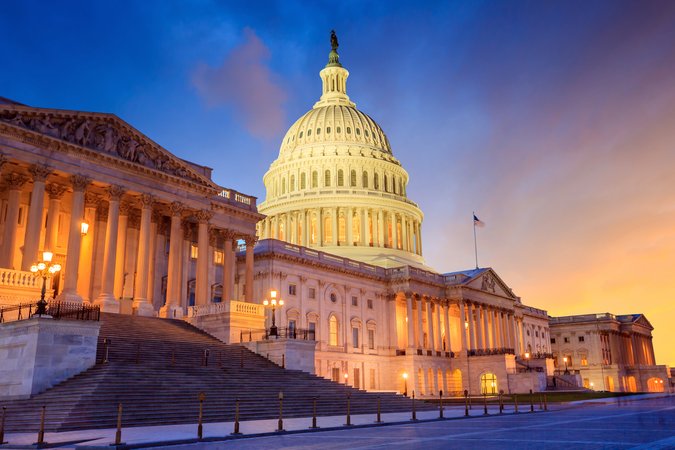Optimal Energy Efficiency Policies and Regulatory Demand-Side Management Tests: How Well Do They Match?
DownloadUnder conventional models, subsidizing energy efficiency requires electricity to be priced below marginal cost. Its benefits increase when electricity prices increase to finance the subsidy. With high prices, subsidies are counterproductive unless consumers fail to make efficiency investments when private benefits exceed costs. If the gain from adopting efficiency is only reduced electricity spending, capping revenues from energy sales may induce a utility to substitute efficiency for generation when the former is less costly. This goes beyond standard “decoupling” of distribution revenues from sales, requiring complex energy price regulation. The models’ results are used to evaluate tests in the 2002 California Standard Practice Manual for assessing demand-side management programs. Its “Ratepayer Impact Measure” test best conforms to the condition that electricity price is too low. Its “Total Resource Cost” and “Societal Cost” tests resemble the condition for expanded decoupling. No test incorporates optimality conditions apart from consumer choice failure.




